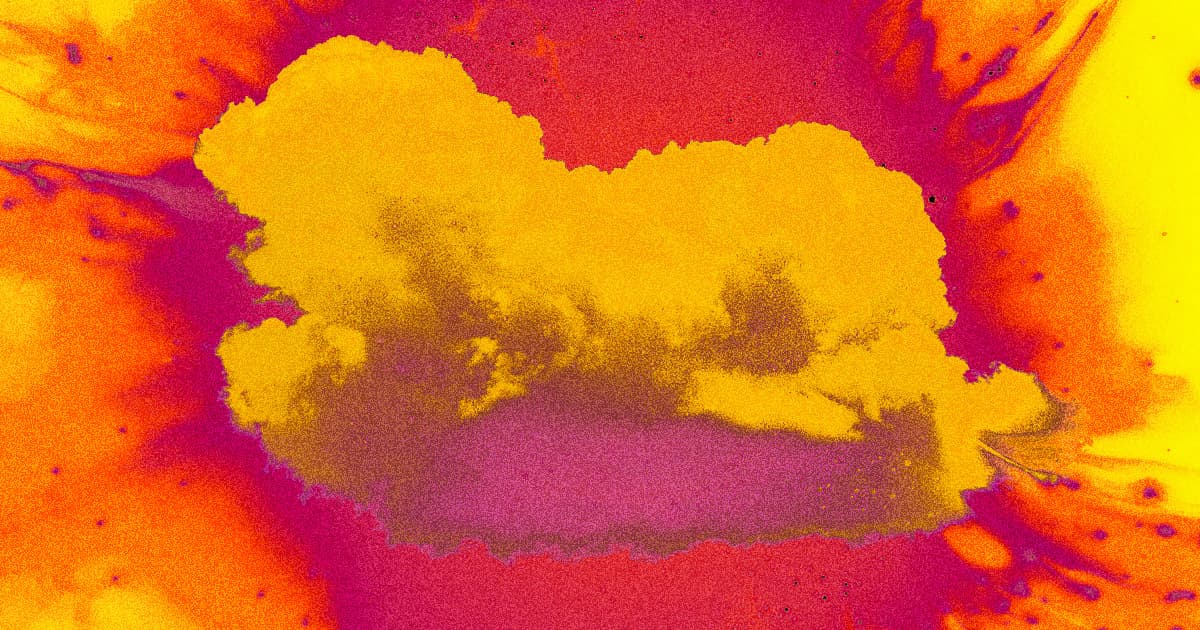Blocking sunlight the old-fashioned way. Sort of.
Cloud Nine
In a bid to halt the foreboding march of global warming, scientists are exploring the injection of aerosols, or tiny particles, into the atmosphere to dim the sunlight that's making our planet toasty. It's an approach filled with uncertainty, but there may be a silver lining in using nature's greatest source of shade, clouds, to get the job done, according to new research.
As detailed in a new study published in the journal Nature Geoscience, the use of aerosols to increase the amount of sunlight reflected by clouds, a technique known as marine cloud brightening (MCB), comes with an unexpected bonus: the aerosols also induce a massive increase in cloud cover, raising the amount of bounced sunlight across the board.
"Our findings show that marine cloud brightening could be more effective as a climate intervention than climate models have suggested previously," said study lead author Ying Chen, an assistant professor in atmospheric science at the University of Birmingham, in a statement about the work.
Watts That?
Rather than injecting the clouds themselves, the researchers observed a naturally occurring aerosol injection caused by the eruption of a volcano in Hawaii.
Through the use of satellite and meteorological data, they predicted how the clouds would have behaved in the absence of the eruption. During periods of volcanic activity, they found, cloud coverage shot up by up to 50 percent.
To gauge the cooling effect, the researchers measured what's known as radiative forcing, which is essentially the change in energy in the Earth's atmosphere, rather than temperature. The huge boost in cloud coverage resulted in cooling of up to negative 10 Watts per square meter, they found.
That's not an easy metric to wrap your head around. But for reference, a doubling in CO2 levels would lead to a warming of about 3.7 Watts per square meters globally, according to the researchers.
Shady Business
Solar geoengineering, whether it be MCB or pumping sunlight-blocking particles straight into the stratosphere, is a tempting option because of how quickly it could cool our planet. But it would only solve so much, the researchers caution.
"Of course, while it could be useful, MCB does not address the underlying causes of global warming from greenhouse gases produced by human activity," Ying said. "It should therefore be regarded as a 'painkiller', rather than a solution, and we must continue to improve fundamental understanding of aerosol's impacts on clouds, further research on global impacts and risks of MCB, and search for ways to decarbonize human activities."
Even with these latest findings, how aerosols affect clouds is still a poorly understood area. So if our salvation lies in the heavens, we're far from figuring out how to get there.
More on climate change: Using Decommissioned Aircraft Carrier, Scientists Test Sun-Dimming Device
Share This Article
